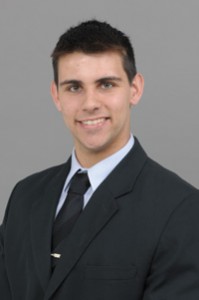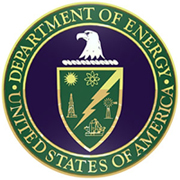 Lucas Nascimento (Electrical Engineering) About DOE Fellow |
|
| DOE Related Projects As a U.S. Department of Energy Fellow, Lucas is under the mentorship of Jose Varona and is currently assigned to Project 4 Task 2 which is: D&D Support to DOE EM for Technology Innovation, Development, Evaluation and Deployment. More specifically, Lucas is working on developing a LabVIEW VI to model an electrical resistivity tomography (ERT) for superior data acquisition. The ERT uses a thermocouple system to test and attain results of properties of materials surrounding the thermocouple which is applied to determine the solid concentration of a mixture of hazardous waste in high level waste tanks. Setting the thermocouples systematically allows for a more accurate array of results which will be compiled in the improved VI. This model will enable a shared-variable network that can be used to pool data from the thermocouple systems into one location for post-processing. This VI will also eliminate the need for one of the computing units, thereby reducing power consumption. |
|
Start Here
Lucas Nascimento (Electrical Engineering)
Search for a DOE Fellow
Testimonial
-
I am grateful to have been part of this program and the many values I learned throughout. Never will I forget my roots 🙂 You do an amazing job Dr. Leonel Lagos!!!
Dania Castillo, (DOE Fellow – Class of 2012) now a Transportation Designer at HDR
